Articles and Features
Stories of Iconic Artworks: Christo and Jeanne-Claude’s Surrounded Islands
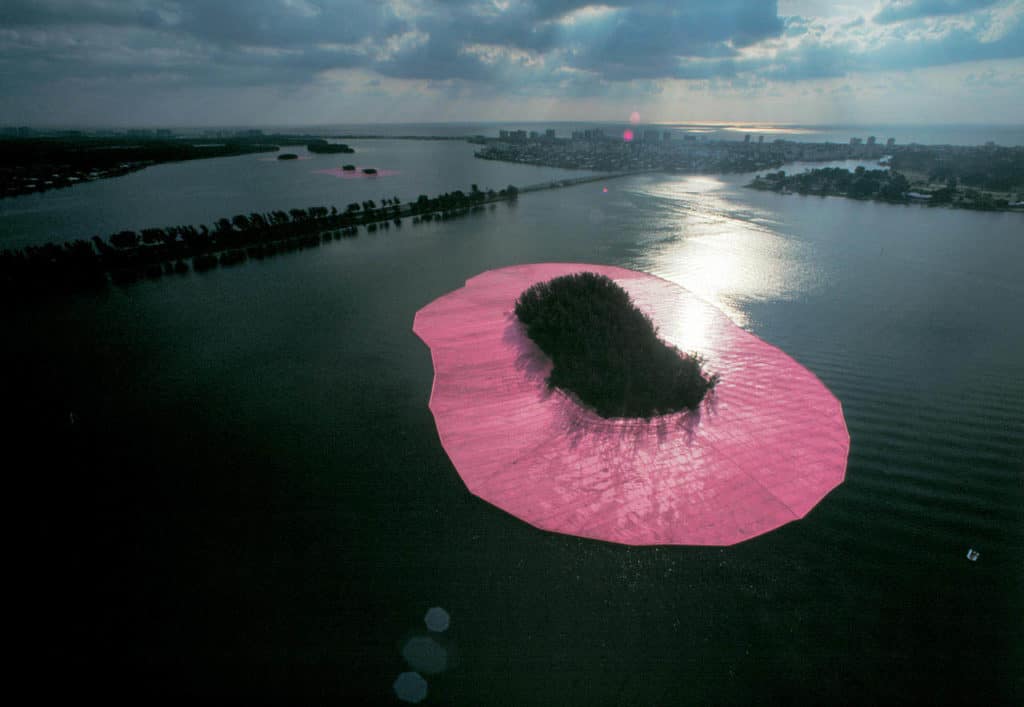
By Shira Wolfe
“Pink used to mean flamingos, sunsets and art deco hotels. Now it means Christo.” – Orlando Sentinel, 1983
On May 7, 1983, Christo and Jeanne-Claude completed the installation of Surrounded Islands in Biscayne Bay, between the city of Miami, North Miami, the Village of Miami Shores and Miami Beach. 11 of the islands in the area of Bakers Haulover Cut, Broad Causeway, 79th Street Causeway, Julia Tuttle Causeway, and Venetian Causeway were surrounded with 6.5 million square feet of floating pink woven polypropylene fabric which covered the surface of the water, and extended out 200 feet from each island into the bay. In order to follow the contours of the islands, the fabric was sewn into 79 patterns.
Surrounded Islands was seen by the public for two weeks, from the causeways, the land, the water and the air. The bright pink fabric was considered as being in perfect harmony with the tropical vegetation of the uninhabited grassy islands, the light of the Miami sky, and the colours of the surrounding water.
In this edition of our “Stories of Iconic Artworks” series, we explore the story behind the creation of Surrounded Islands, one of the greatest environment-art projects ever made, by the renowned artist duo Christo and Jeanne-Claude.
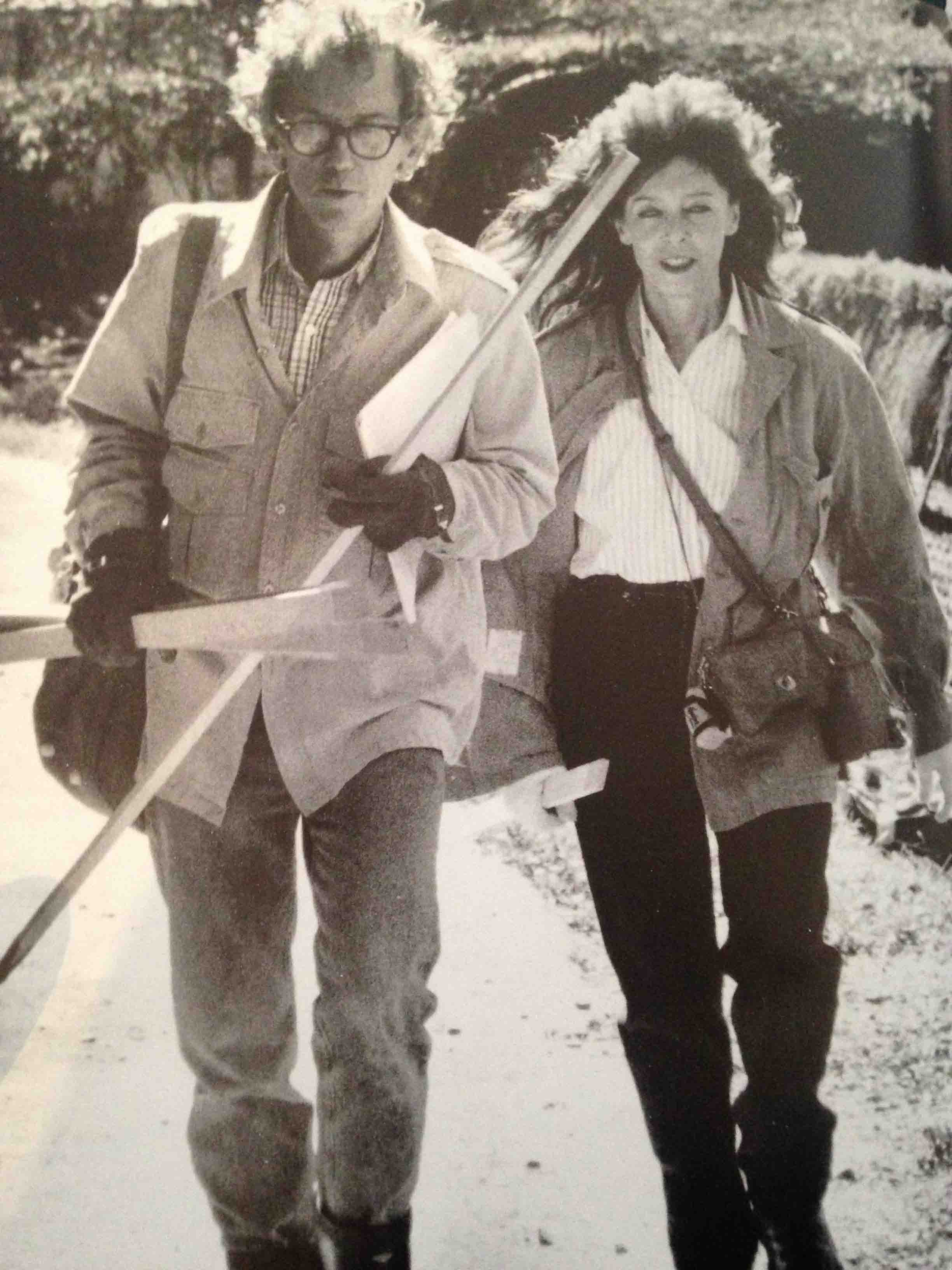
“All our work is about freedom.” – Christo and Jeanne-Claude
Christo Meets Jeanne-Claude
Christo Vladimiroff Javacheff was born on 13 June 1935 in Gabrovo, Northern Bulgaria. On the very same day, that same year, Jeanne-Claude was born in Casablanca to a French military family. As a young artist at the art academy in Sofia, Christo found himself at odds with the prevailing socialist realist tendencies which were imposed by the professors at the time. Provoking the academy with his paintings, he realises that if he wanted to develop as an artist and see the works of artists like Matisse, Picasso, Klee and Kandinsky in person, he would have to leave the country. In 1956, he arrived in Vienna, where he enrolled in the art academy for a semester so as not to be registered as a refugee. Then, in 1958, he travelled on to Paris. He made a living by painting portraits, and was introduced to the De Guillebon family, in order to paint a portrait of the wife of the General de Guillebon. Jeanne-Claude was their daughter, and it wasn’t long before Christo and Jeanne-Claude had fallen in love, moved in together, and got married.
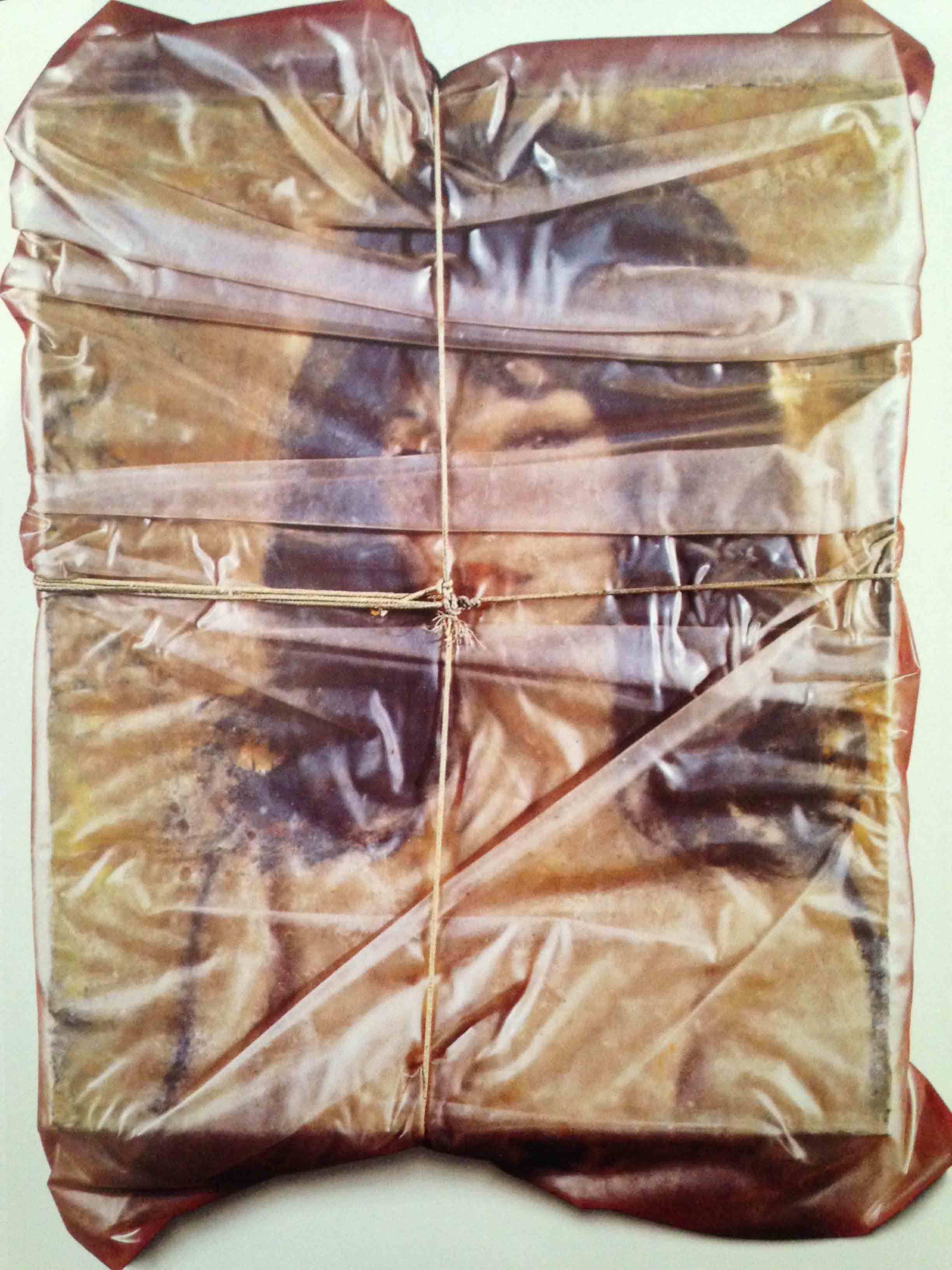
Revealing Through Hiding
Christo then took several steps. The first was to abandon his Slavic surname “Javacheff”, with which he used to sign his artworks, and to only use “Christo.” The second was that he started to work with fabric, covering boxes, bottles, chairs, a car, anything that he could lay his hands on. The idea was that any object could have a place in art. He would cover them with canvas and tie them with ropes and string. The principle of packing, covering and hiding objects offered a remarkable versatility. The objects could be partially covered, or completely hidden from view. Christo’s biographer David Bourdon came up with the following description: “Revealing through hiding.”
Christo and Jeanne-Claude’s First Collaboration
In 1961, Christo had his first solo exhibition in the Haro Lauhus gallery in Cologne. At the same time as this exhibition, Christo and Jeanne-Claude did their first artistic work together, which was also their first temporary outdoor environmental work of art, at the waterfront of the river Rhine, where the gallery was located. Stacked Oil Barrels consisted of a large number of oil drums stacked into large structures using cranes and other machinery. For Dockside Packages, Christo and Jeanne-Claude used several stacks of large rolls of industrial paper, which they covered with tarpaulins and secured with ropes. All materials were borrowed from the dockworkers.

The Philosophy of Christo and Jeanne-Claude
All of Christo and Jeanne-Claude’s projects are temporary works. What remains after the works are dismantled are movies and books about the projects, as well as drawings, collages and models in museum collections and private collections around the world. By selling these preparatory materials, Christo and Jeanne-Claude finance their projects. This is an important element of their work: they always self-finance their projects, and never accept funding or donations.
Several different elements form the foundation of Christo and Jeanne-Claude’s philosophy:
1. The painting and its design. In the large-scale projects of Christo and Jeanne-Claude, no matter how far removed from the classic medium of painting on canvas, there is still often a sense of looking at a painting. Take, for example, Surrounded Islands: looking at the pink islands from high up evokes Claude Monet’s lovely, delicate water lilies.
2. Sculpture and architecture. Projects like Wrapped Reichstag (1971-1995), an undertaking which the artists fought for for 24 years before it could be realised, can be seen as monumental sculptural and architectural works, while the building in itself remained unaffected, since it was only covered in fabric showing its original form.
3. Urbanism and environment-art. Christo and Jeanne-Claude’s works interact with the urban and natural landscape and involve the cleaning up of the area where the works are created. When the project ends, the area is returned to its initial state and the used material is re-used for other purposes.
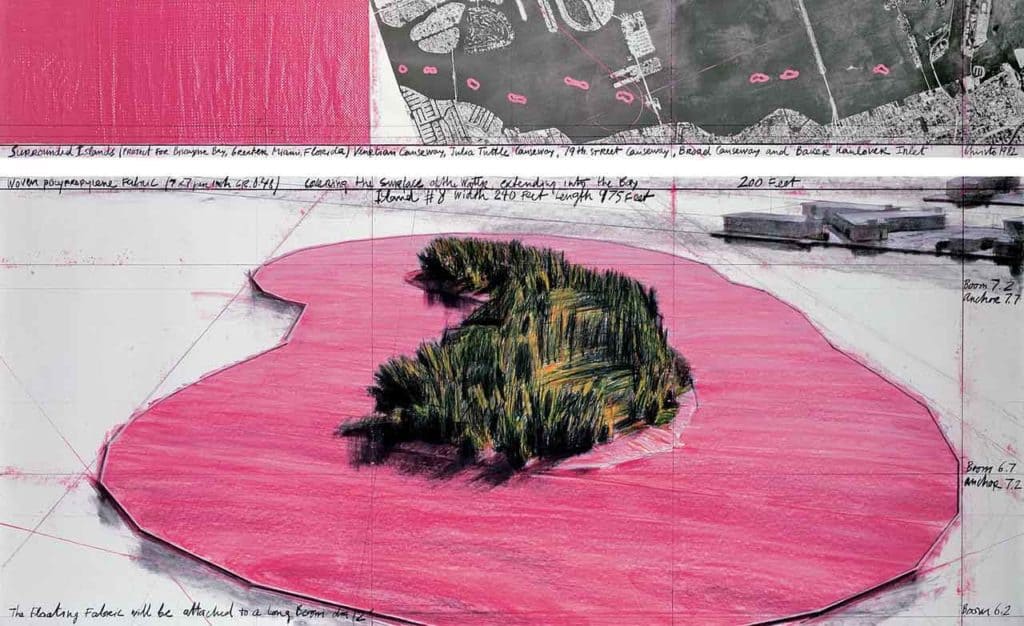
Surrounded Islands, Biscayne Bay, Greater Miami, Florida
One of the most spectacular projects ever realised by Christo and Jeanne-Claude is Surrounded Islands (1980-1983). Changing the actual face of the natural environment, the artist duo created a delicate symbiotic connection between art, city and nature, without damaging the nature in any way.
11 man-made islands in the Greater Miami region, which were mainly being misused for dumping garbage, were surrounded by pink fabric for a short period of two weeks. In the words of the Orlando Sentinel from April 17, 1983: “Pink used to mean flamingos, sunsets and art deco hotels. Now it means Christo.”
The preparations for the project were long and complex, involving drawings, collages, photographs, documentation, and countless meetings with government and local officials to secure permission. Starting in 1981, a team of lawyers, a marine engineer, consulting engineers, a building contractor, a marine biologist, an ornithologist, and an expert on mammals worked together with Christo and Jeanne-Claude to prepare the Surrounded Islands project. 40 tons of rubbish was removed and permit were secured from numerous authorities, including the US Army Corps of Engineers. The result, according to author and art critic Jacob Baal-Teshuva, “was one of the most unforgettable and poetic sights art has produced in modern times.”

The sewing of the 60 hectares of pink woven polypropylene fabric was done between November 1982 and April 1983 at the rented Hialeah factory. A flotation strip was sewn into each seam, and the sewn sections were accordion-folded in order to make the unfurling-process on the water easier. Once the unfurling was completed, the Surrounded Islands were tended day and night by 120 monitors in inflatable boats. The project was followed and talked about all over the world, with extensive media coverage and a massive tourist boom in Miami during the weeks that the Surrounded Islands could be seen. One helicopter company sold as many as 5000 seats at a price of $35 a ride to see the islands from up above.
According to Christo and Jeanne-Claude, at its core, “Surrounded Islands was a work of art underlining the various elements and ways in which the people of Miami live, between land and water.”
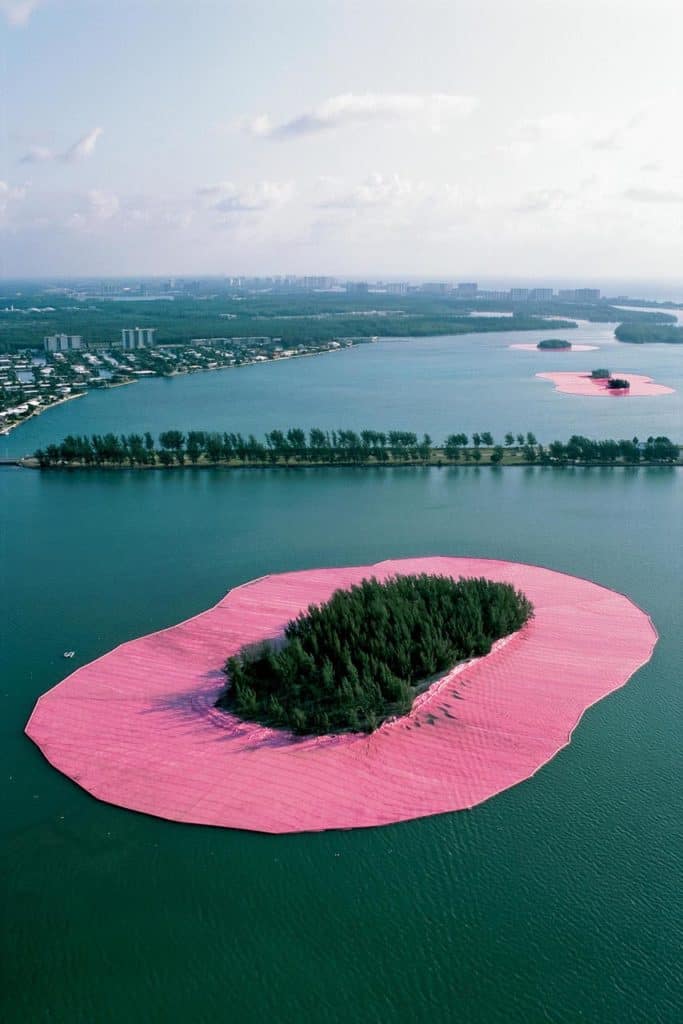
Relevant sources to learn more
An excellent source to learn about the art of Christo and Jeanne-Claude is Jacob Baal Teshuva’s Christo and Jeanne-Claude from 2001.
Christo and Jeanne-Claude’s website also offers detailed descriptions and images of each project.